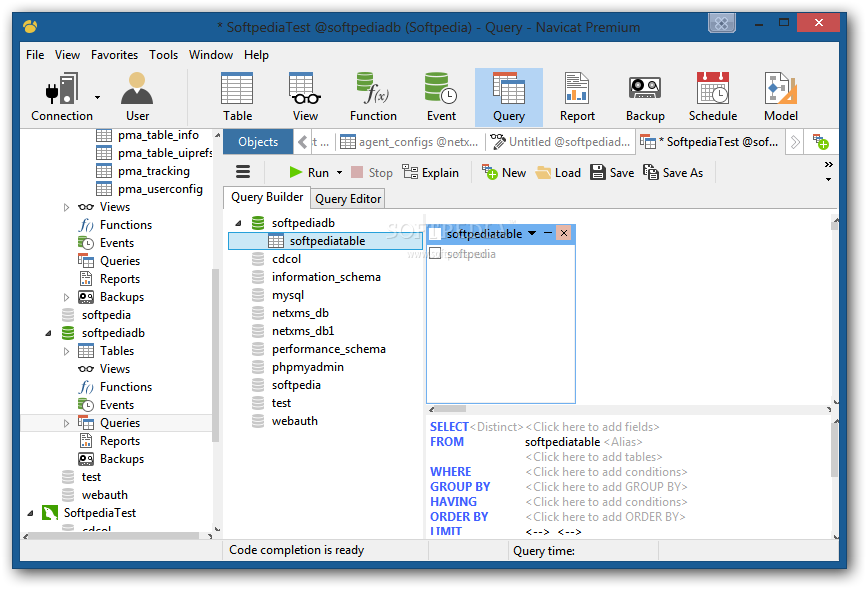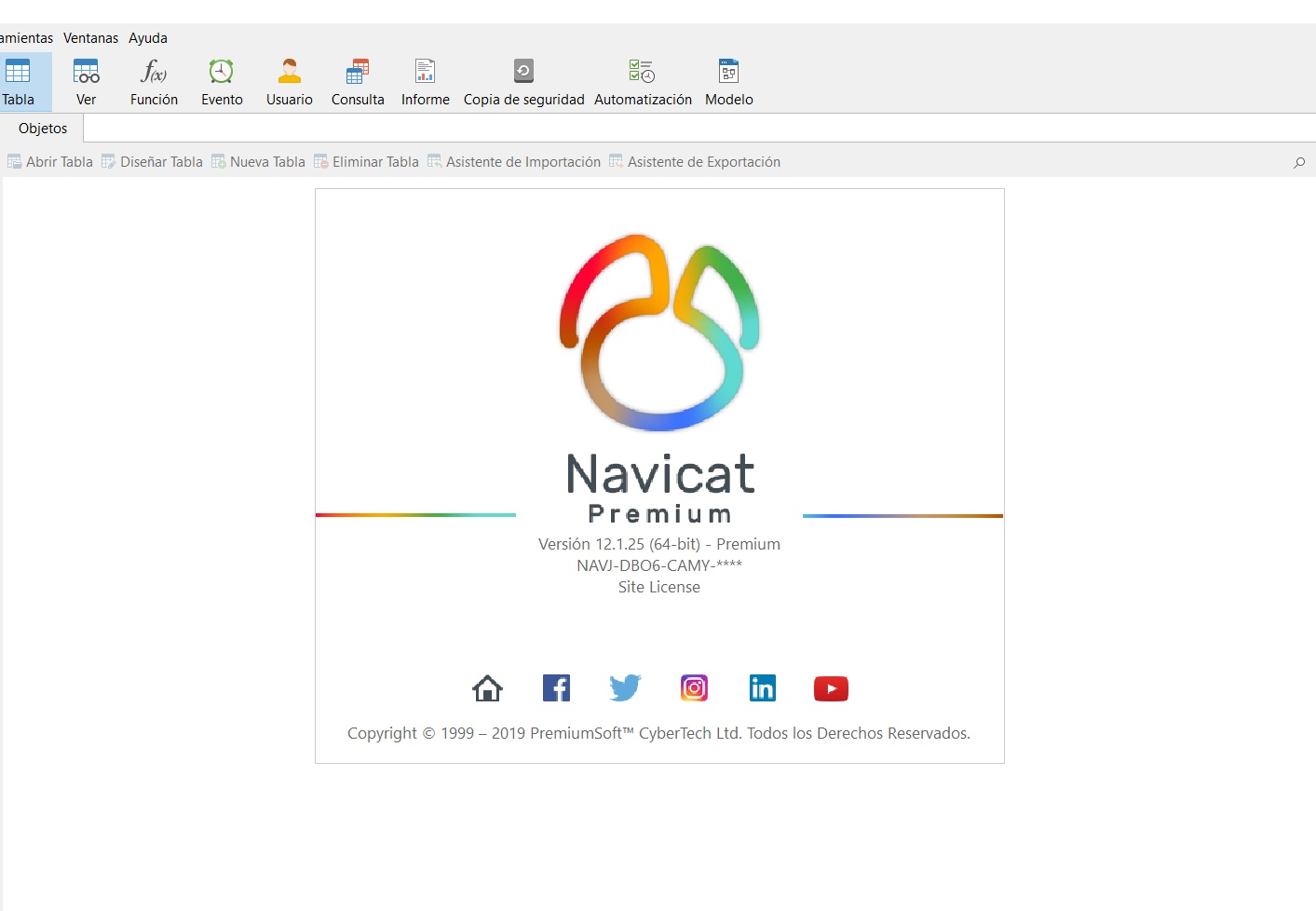
If none of these appear, VOLATILE is the default assumption. These attributes inform the query optimizer about the behavior of the function. For backward compatibility, the name may be enclosed by single quotes.

May be SQL, C, internal, or the name of a user-defined procedural language. The name of the language that the function is implemented in. Note: Support from PostgreSQL 8.0 or later. Hint: To customize the view of the editor and find out more features for sql editing, see Editor Advanced Features.Įnter the table columns if the return type is set to TABLE. Compound statements can contain declarations, loops, and other control structure statements. This can be a simple statement such as SELECT or INSERT, or it can be a compound statement written using BEGIN and END. Hint: Once uncheck the Show wizard next time, you can go to Options to enable it.ĭefinition consists of a valid SQL procedure statement.

Many kinds of functions can take or return certain pseudo-types (such as polymorphic types), but the available facilities vary. In addition, every kind of function can return a base type or a composite type. procedural language functions (functions written in, for example, PL/Tcl or PL/pgSQL)Įvery kind of function can take base types, composite types, or combinations of these as arguments (parameters).query language functions (functions written in SQL).PostgreSQL provides four kinds of functions:


 0 kommentar(er)
0 kommentar(er)
